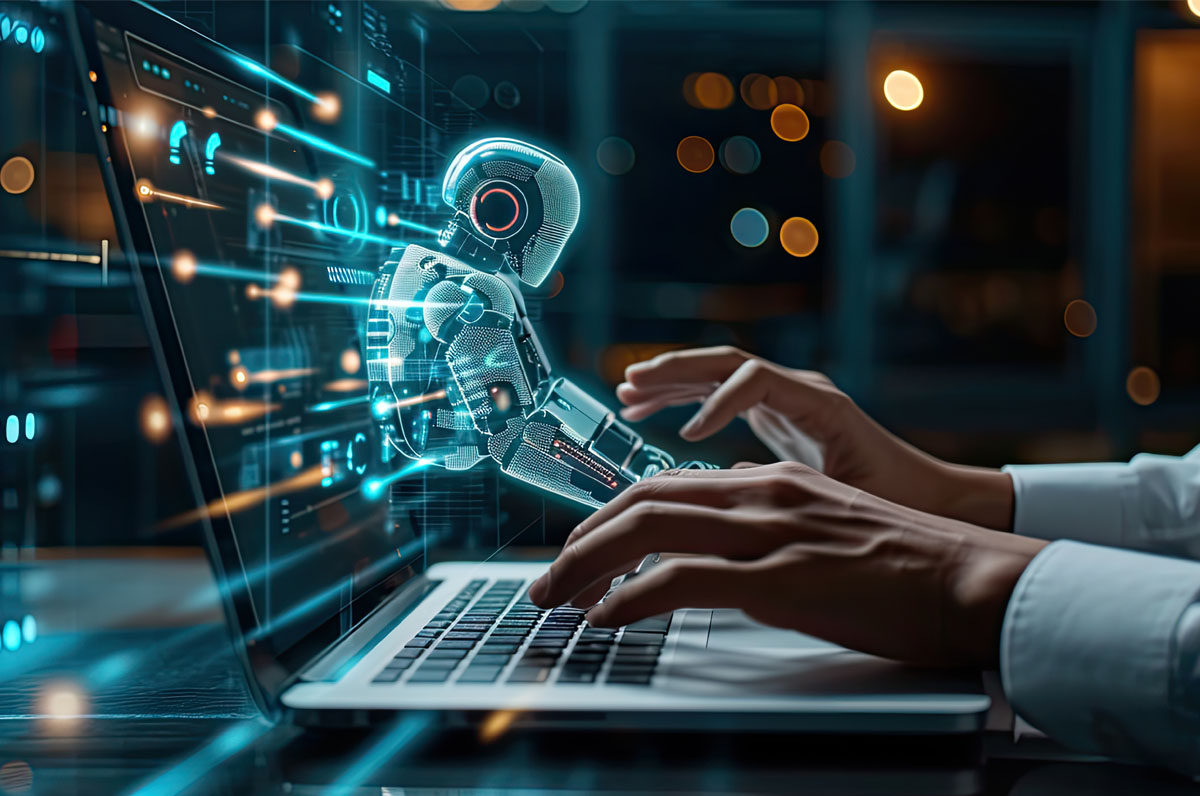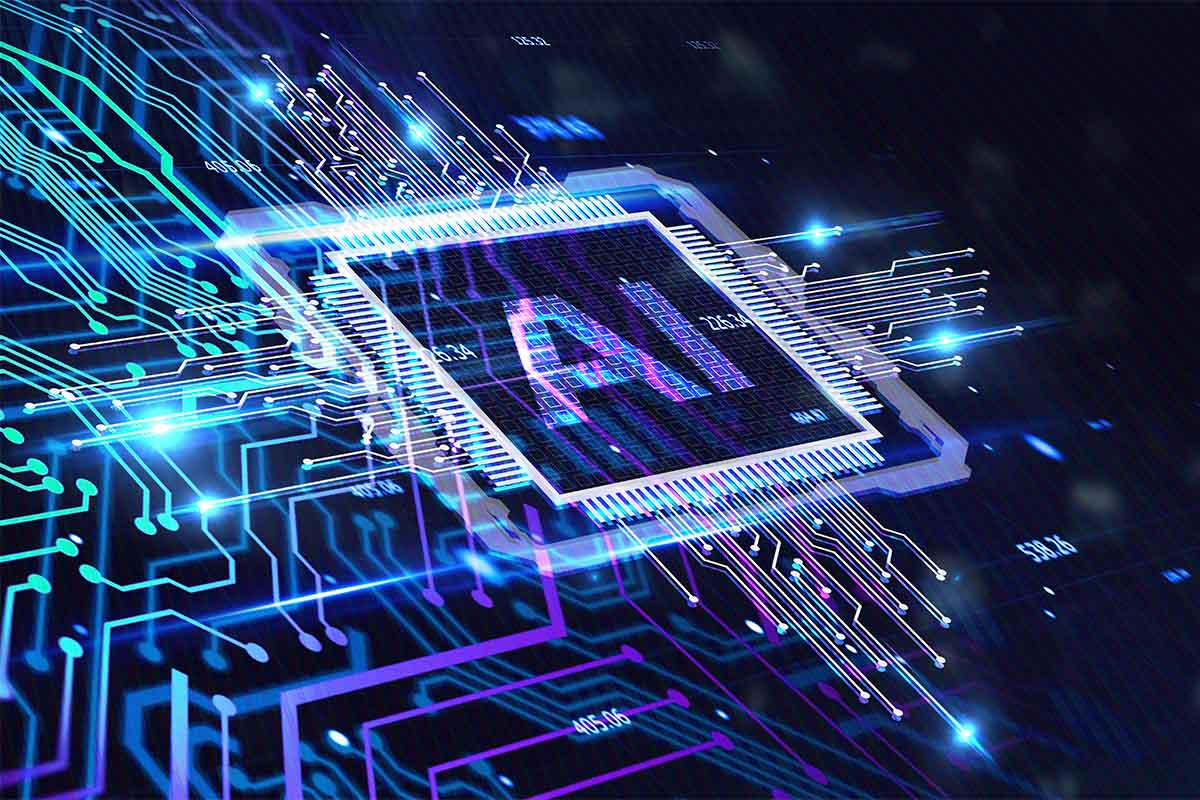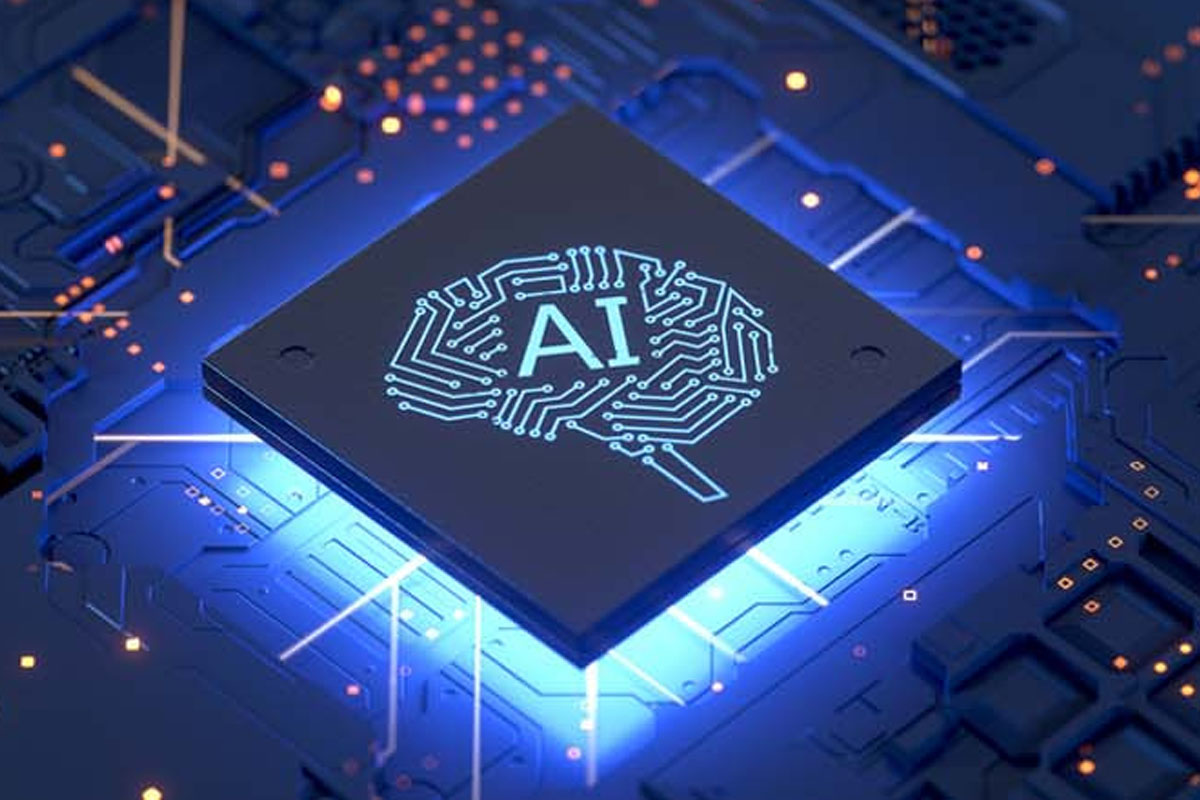Using AI programming to make robots smarter
Dive into the world of computational problem-solving with RMIT's “Programming Autonomous Robots” course. How do RMIT students help make more intelligent robots? Read on to find out!
Creating realistic simulations with AI personas
A combination of AI and gamification can help facilitate engagement in the MBA class. Dr. Santiago Velasquez, Associate Program Manager of RMIT Vietnam’s MBA, talked about how RMIT has used AI to create detailed, fictional, and interactive personas that students can use to roleplay in design thinking exercises.
The Master of Artificial Intelligence classroom experience
RMIT’s Associate Professor Minh Dinh offers a glimpse into what it’s like to study in a Master of Artificial Intelligence classroom. From course learning to study hour ratios and lecturer availability, check out the article to find out all the answers
Enhanced learning through AI postgraduate projects with industry
Take a look at how final semester Master of Artificial Intelligence students connect with industry to develop a practical project looking to solve a real-life industry issue!



